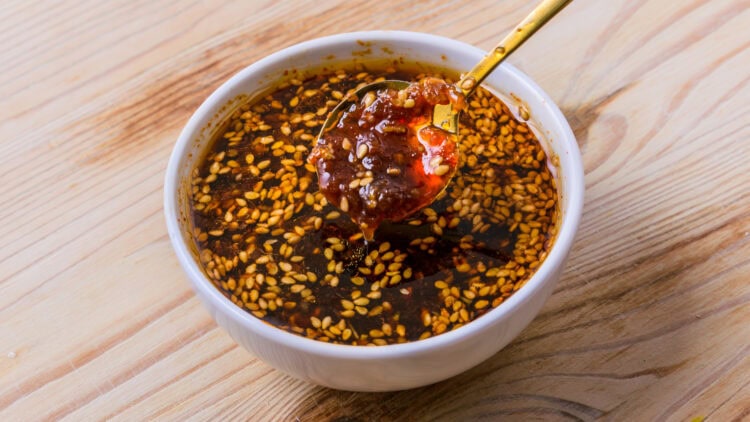Barbecue = sauce. End of debate. This recipe should make everyone agree. Especially in Japan, where barbecue is a true institution. Needless to say, you have to go all out.
For a sweet and savory dipping sauce with a kick, Yakiniku sauce will be THE recipe that will make your grilled meats much more delicious than usual.
What is Yakiniku Sauce?
It’s simple: in Asia, barbecue is consumed with all kinds of sauces, no pun intended. You only have to look at Korean barbecues to understand that it’s an almost innate practice.
Everyone gathers around a mini-barbecue, and each person cooks their own portion of meat, all accompanied by small dishes, each specific to its region. Super-convivial in short.
In Japanese cuisine, it’s the same. And the essential sauce that you can’t do without for this kind of meal is indeed Yakiniku sauce. Its name also honors the cooking method that actually designates the Japanese barbecue style (even if it is mainly derived from Korean barbecue).
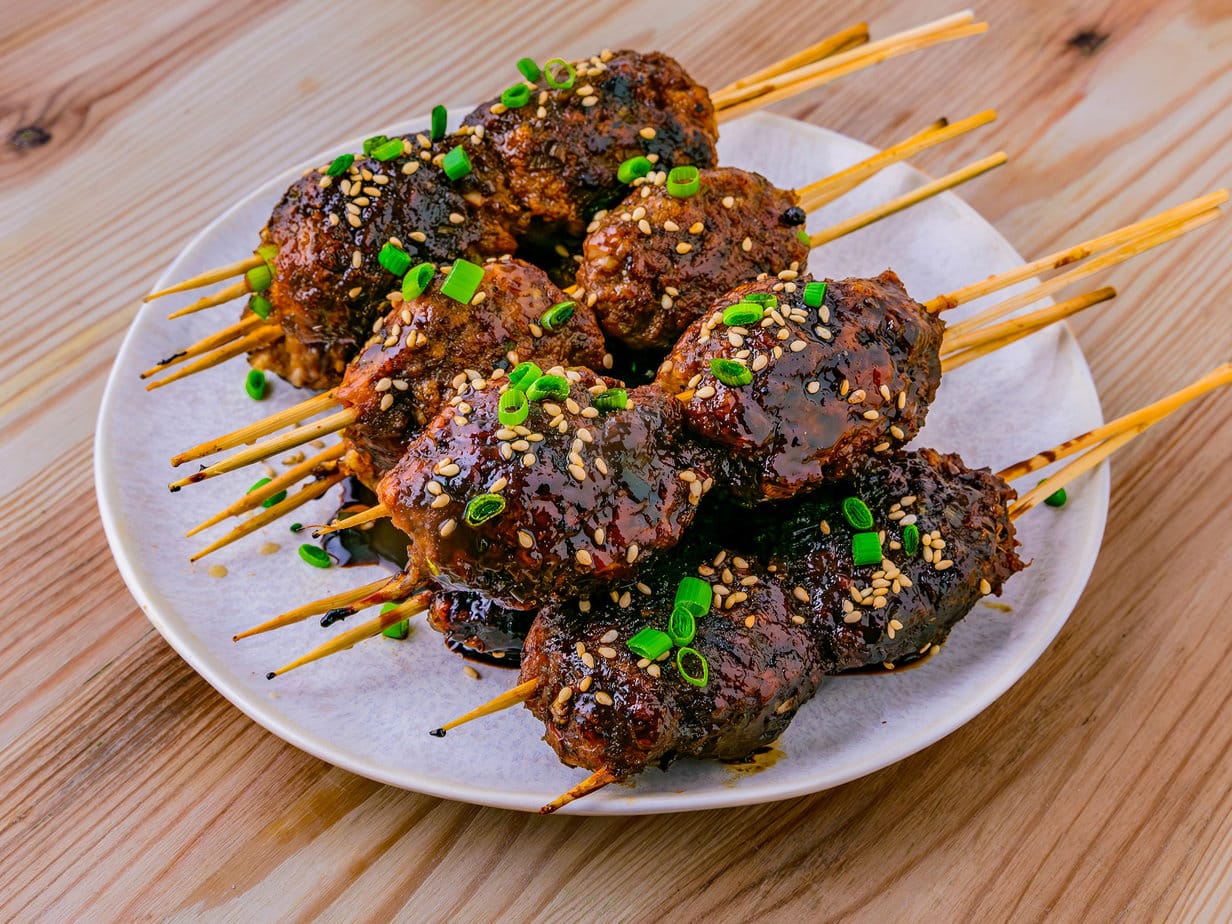
If we translate literally, it also means “grilled meat”. More explicit, you can’t get. The sauce is indeed an ideal mixture for dipping cooked meat and vegetables. Sweet and savory flavors are present, with the bonus of the nutty taste of sesame seeds and garlic (very generous). A killer for grilled meats.
The Main Ingredients of Yakiniku Sauce
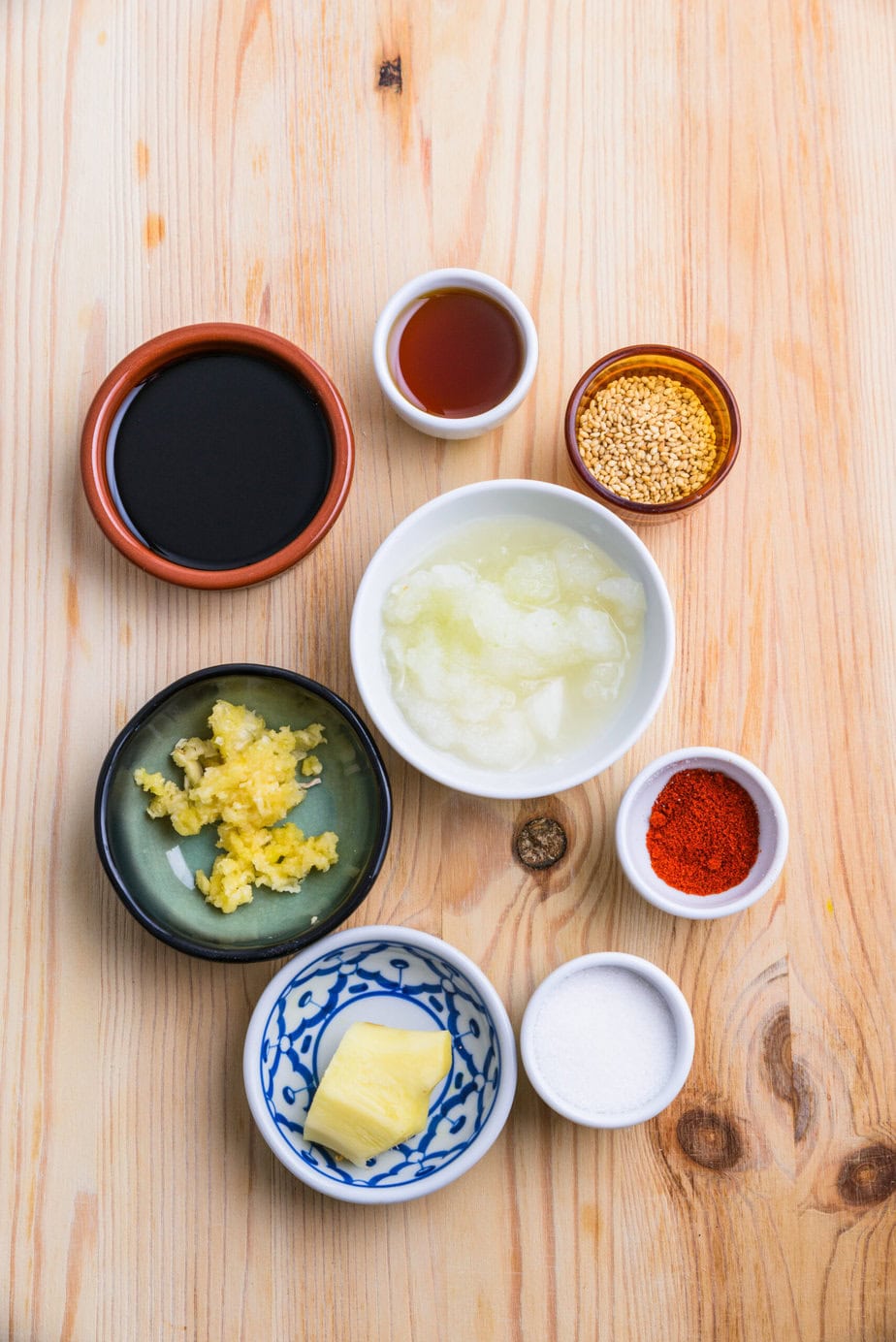
Garlic: being a garlic addict, this sauce was inevitably going to be a pleasure. It’s an element we don’t skimp on, especially if like me, you’re a fan. Garlic, like ginger, brings intensity to the sauce and adds a bit of spiciness to the mixture that remains relatively mild.
Light soy sauce: knowing that we’re looking for that balance between sweet and savory flavors, light soy sauce seems to be the best compromise. It has moderate salty notes, with just the right amount of salt that won’t saturate the overall seasoning of the dish with which you’ll enjoy the Yakiniku sauce.
Sugar: in many recipes, pieces of grated apple are used. Often Fuji apples (Asian variety as the name suggests) or the well-known Pink Lady. Both are known to be juicy and sweet. In this recipe, we’ll simply stick to sugar
Sesame seeds: in addition to providing a crunchy texture, white sesame seeds give a nutty flavor.
Sesame oil: it adds depth and enhances the flavors of the sesame seeds with a “toasted” taste.
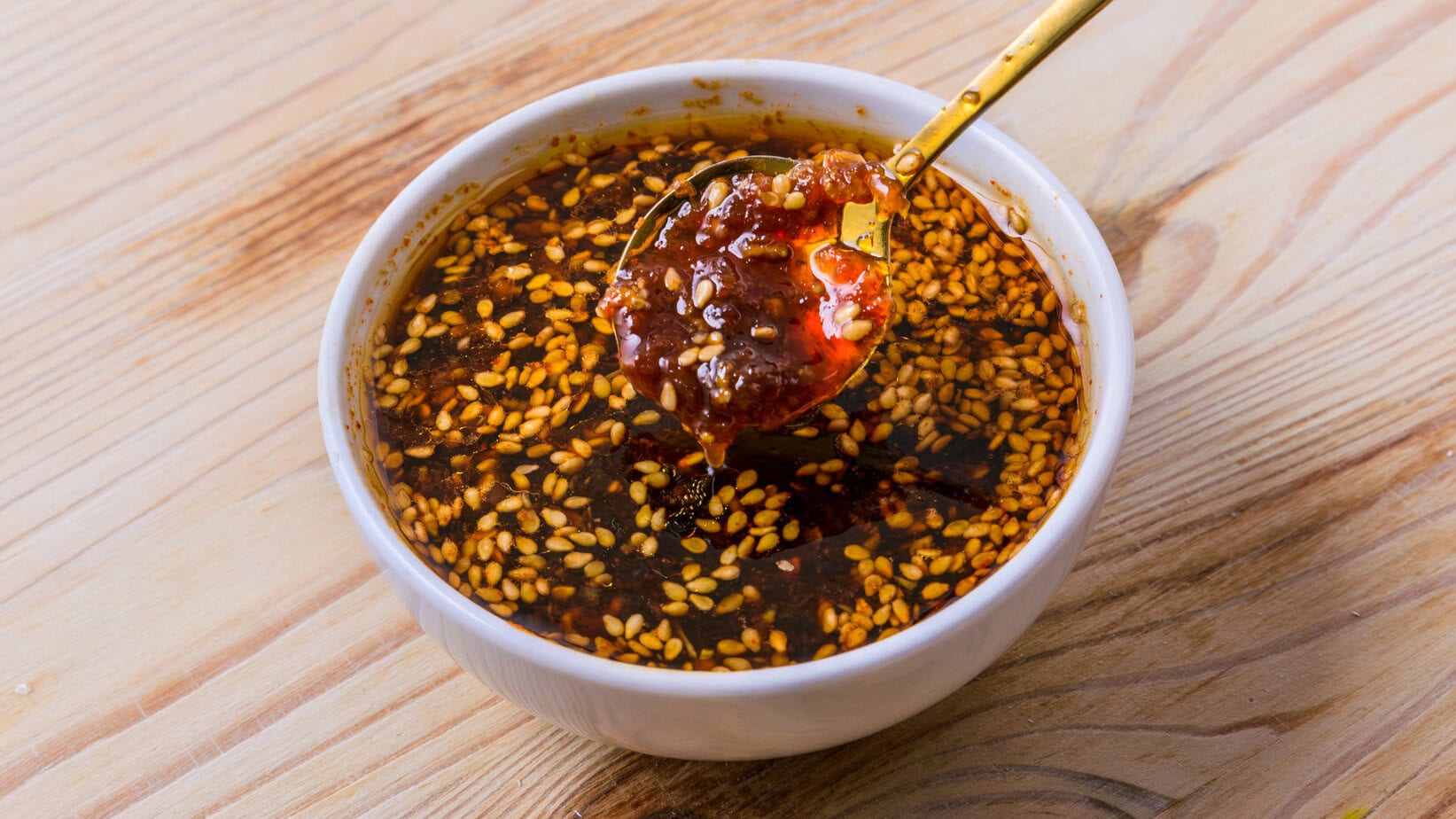
Authentic Yakiniku Sauce
Ingredients
- 75 g of onion Grated, with juice
- 4 cloves garlic Grated, with juice
- 5 g of ginger Peeled, ideally in one piece
- 0.5 teaspoon Chili powder
- 60 ml light soy sauce
- 2 tablespoons of sugar
- 1 tablespoon of sesame seeds white parts
- 1 teaspoon sesame oil
Instructions
- Mix all ingredients except sesame oil in a small saucepan75 g of onion, 4 cloves garlic, 5 g of ginger, 0.5 teaspoon Chili powder, 60 ml light soy sauce, 2 tablespoons of sugar, 1 tablespoon of sesame seeds
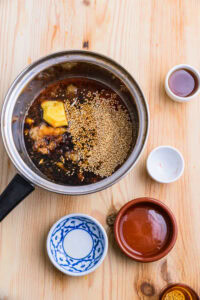
- Bring to a boil over medium heat, as soon as it starts boiling remove from heat
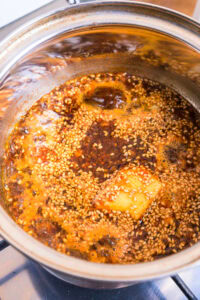
- Remove the ginger
- Add sesame oil and mix well1 teaspoon sesame oil
Notes
Nutrition
Culinary sources
For this recipe, I used Just One Cookbook’s as a base, which I slightly modified. I found that the gochujang was too overpowering, so I preferred to use Japanese chili powder togarashi or the Korean version gochugaru
